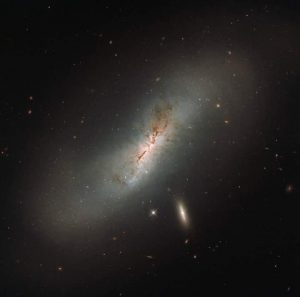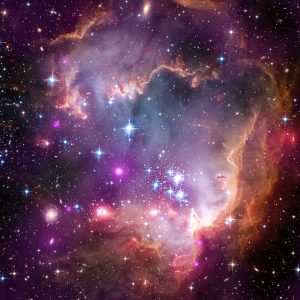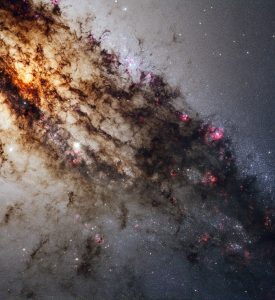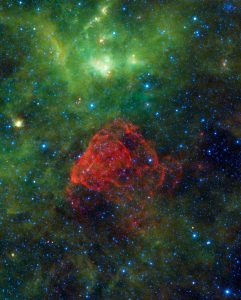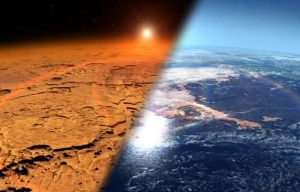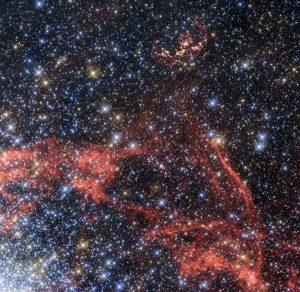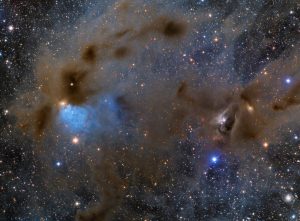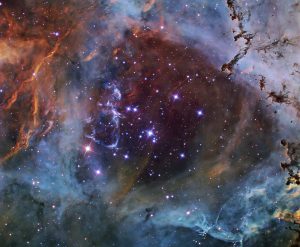astronomia
NGC 4424 e la sua compagna
In questa nuova, straordinaria immagine di Hubble sono chiaramente visibili due galassie, la più grande delle quali si chiama NGC 4424. Questa galassia è inserita nel New General Catalogue of Nebulae and Clusters of Stars (NGC), compilato nel 1888. Continua a leggere
La Gelida Fine di Due Stelle
 Il luogo più freddo dell’Universo è là dove sono morte due stelle, secondo un team che ha utilizzato il telescopio ALMA per osservare la famosa Nebulosa Boomerang. Continua a leggere
Il luogo più freddo dell’Universo è là dove sono morte due stelle, secondo un team che ha utilizzato il telescopio ALMA per osservare la famosa Nebulosa Boomerang. Continua a leggere
NGC 602: Sotto l’Ala della Piccola Nube
In questa straordinaria immagine composita della regione nota come l’Ala della Piccola Nube di Magellano i dati a raggi X dell’Osservatorio Chandra sono mostrati in viola, i dati ottici del telescopio Hubble in rosso, verde e blu, i dati a infrarossi del telescopio Spitzer in rosso. Continua a leggere
Spettacolare Visione di Centaurus A
Simile ad incombenti nuvole di pioggia in un giorno di tempesta, scie oscure di polveri attraversano la gigantesca galassia ellittica Centaurus A. L’immagine di Hubble rivela il vibrante splendore dei giovani ammassi stellari blu e dettagli di regioni normalmente oscurate dalla polvere. Continua a leggere
Un’Antica Supernova
Circa 3700 anni fa gli abitanti della Terra potrebbero avere visto una nuova stella brillare in cielo. Quando si è affievolita ed è scomparsa dalla vista, probabilmente è stata dimenticata, finché i moderni astronomi non hanno trovato i suoi resti, chiamati Puppis A. Continua a leggere
L’atmosfera perduta di Marte
Il vento e la radiazione solare sono responsabili della dispersione dell’atmosfera marziana, avendo trasformato Marte da pianeta in cui, miliardi di anni fa, avrebbe potuto fiorire la vita a mondo desertico e freddo, secondo i nuovi risultati della sonda MAVEN della NASA. Continua a leggere
Una misteriosa esplosione cosmica
Gli scienziati hanno scoperto un misterioso lampo di raggi X utilizzando l’Osservatorio Chandra della NASA, grazie alla più profonda immagine a raggi X mai ottenuta. La sorgente di raggi X è localizzata in una regione del cielo nota come Chandra Deep Field-South (CDF-S). Continua a leggere
In cerca di stelle sopravvissute a esplosioni di supernove
Gli astronomi hanno utilizzato il telescopio Hubble per osservare il resto di un’esplosione di supernova nella Grande Nube di Magellano. Oltre ad avere ripreso una nuova, splendida immagine, Hubble potrebbe avere individuato i resti di una compagna della stella esplosa. Continua a leggere
Nebulose e Giovani Stelle nel Toro
Questo complesso di nubi polverose si trova lungo i margini della nube molecolare del Toro, a circa 450 anni luce di distanza. In questa splendida scena cosmica stanno nascendo nuove stelle. Continua a leggere
Nel Cuore della Rosetta
Nel cuore della Nebulosa Rosetta risplende un brillante ammasso aperto di stelle che illumina la nube. Le stelle di NGC 2244 si sono formate dal gas circostante soltanto pochi milioni di anni fa. Continua a leggere
